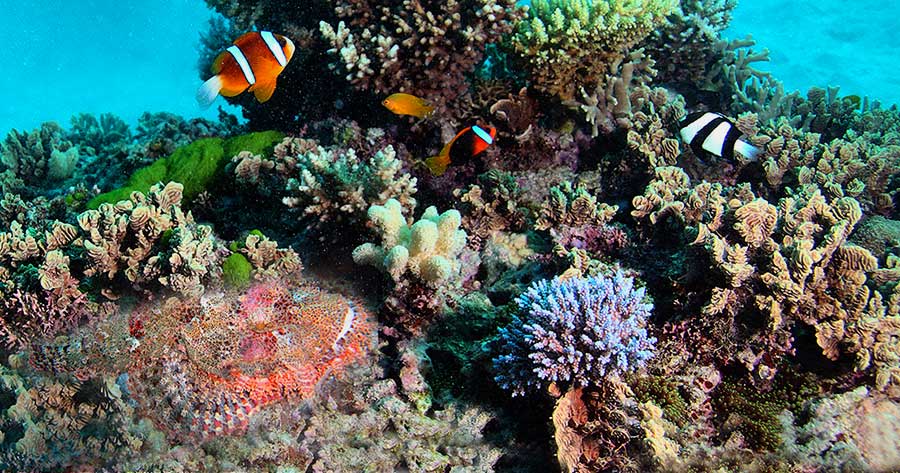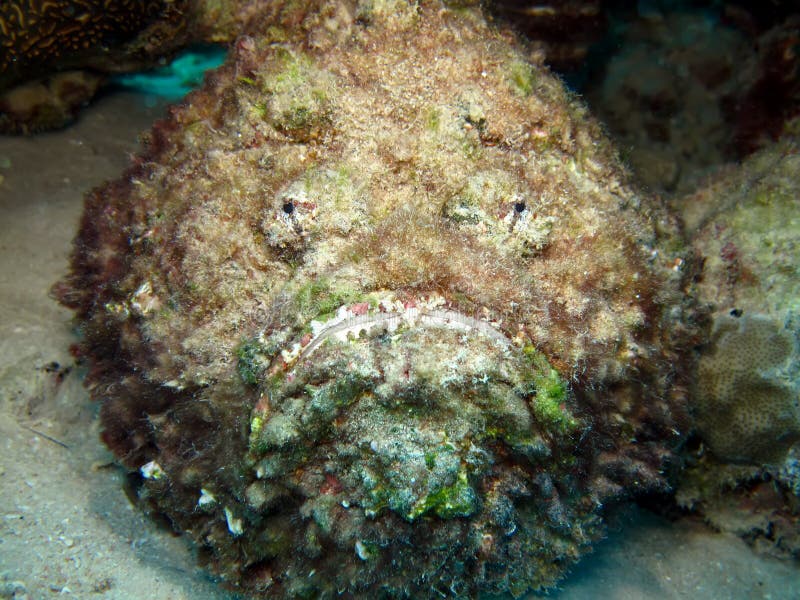
Their eyes are also often a giveaway, as they are slightly raised from the rest of the head. The biggest giveaway is the large, upturned mouth (somewhat similar to that of a stargazer) - which is also the easiest way to tell them apart from larger, more cryptic species of scorpionfish. As the name implies, stonefish look rather similar to a stone or a rock - even when pointing directly at it, it is not uncommon for others to not realise what they are seeing. The public defence of the doctoral thesis in historical osteology took place on 16 March 2018 at Lund University.Growing to over 40cm in length, the reef stonefish is quite large for a bottom dwelling critter, but despite its size, spotting one is not easy. The article is part of Adam Boethius’s thesis Fishing for ways to thrive - Integrating zooarchaeology to understand subsistence strategies and their implications among Early and Middle Mesolithic southern Scandinavian foragers. Publication: Fish and resilience among Early Holocene foragers of southern Scandinavia: A fusion of stable isotopes and zooarchaeology through Bayesian mixing modellingĪdam Boethius ark lu se In the long term this leads to increasing “costs” for foraging strategies and an increasing tendency to settle is to be expected, as it becomes the best alternative”, concludes Adam Boethius. For groups that continued to be mobile this meant the creation of no-go zones, that these groups were forced to skirt around in order to find food. “The increasing importance of fish means that the land was divided up. This probably entailed violent clashes between different groups of people, which is often reflected in the various violence-related injuries to the skeletons we find in archaeological excavations.”

It is at these sites that the people begin to settle, creating their own territory. “Even though fish can be caught in most lakes, there are certain places that are especially favourable. The results also show that people become more dependent on fishing over time and that certain areas were probably more densely populated than previously thought. This indicates that the groups had limited mobility and mostly lived on a local diet”, says Adam Boethius. “What’s interesting is that the values from the people in the various groups do not overlap. On the other hand, migratory fish, such as eel and salmon, did not account for a large proportion of food intake. Cod dominates in marine environments, but herring, saithe, haddock, spiny dogfish and plaice are also important species. In freshwater environments the protein intake is dominated by different types of carp fish species, perch, pike and burbot. In the study, the individuals were divided up into those who lived in marine environments and those who lived in freshwater environments. The researchers found that fishing was surprisingly dominant at all the sites investigated. In an excavation, fish bones are almost impossible to detect while in the ground and fine-mesh sieves must be used to find them. Fish bones are much smaller and more brittle than the bones of mammals, and are not as well preserved. The fact that researchers have often missed the significance of fishing is probably because they have not actively looked for the traces that exist. Sieving the soil (Photo: Blekinge Museum)

Here, seals have replaced the land mammals and account for almost 40 per cent of the protein intake, whereas hares and vegetables account for a negligible proportion”, he continues. “On the island of Gotland, which did not have any land mammals apart from hares, the percentage of fish in total protein consumption was even higher at just under 60 per cent.

“At the Norje Sunnansund settlement, outside Sölvesborg in Sweden, you can see that just over half of the protein intake has come from fish, ten per cent from seals, and around 37 per cent from land mammals, such as wild boar and red deer, and scarcely three per cent from plants such as mushrooms, berries and nuts”, says Adam Boethius. The study is part of a doctoral thesis that has used various methods to examine the significance of fishing for the people who settled in southern Scandinavia during the millenniums after the ice from the last ice age had melted away. This was done by combining chemical analyses of human bones from over 80 individuals, whose skeletons are the oldest discovered in Scandinavia, with osteological analyses of animal bone material.

Osteologists Adam Boethius and Torbjörn Ahlström have studied the importance of various protein sources in the human diet across three millennia, from around 10 500 to 7 500 years ago.


 0 kommentar(er)
0 kommentar(er)
